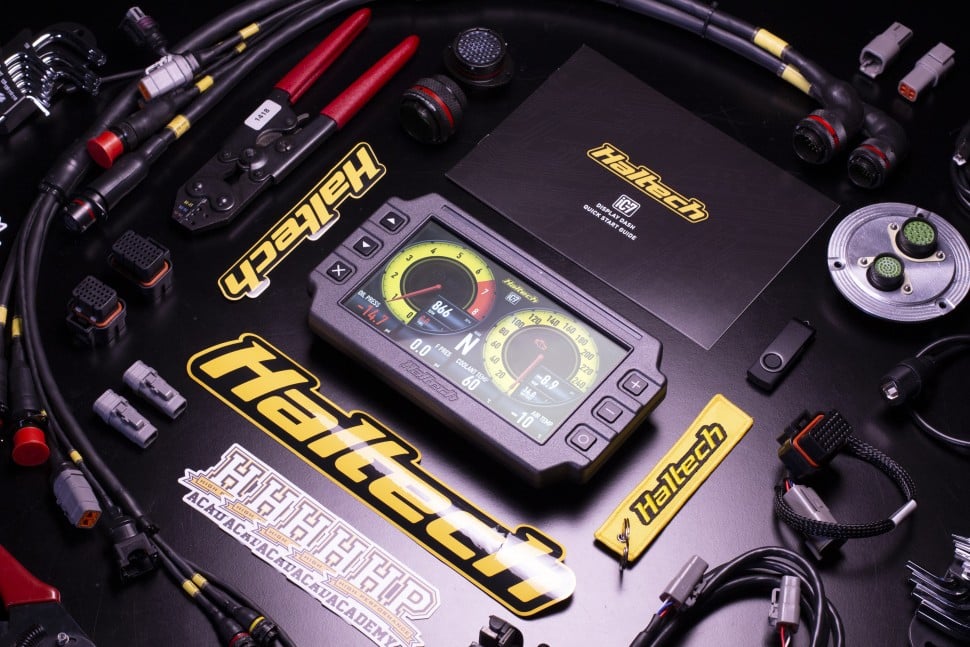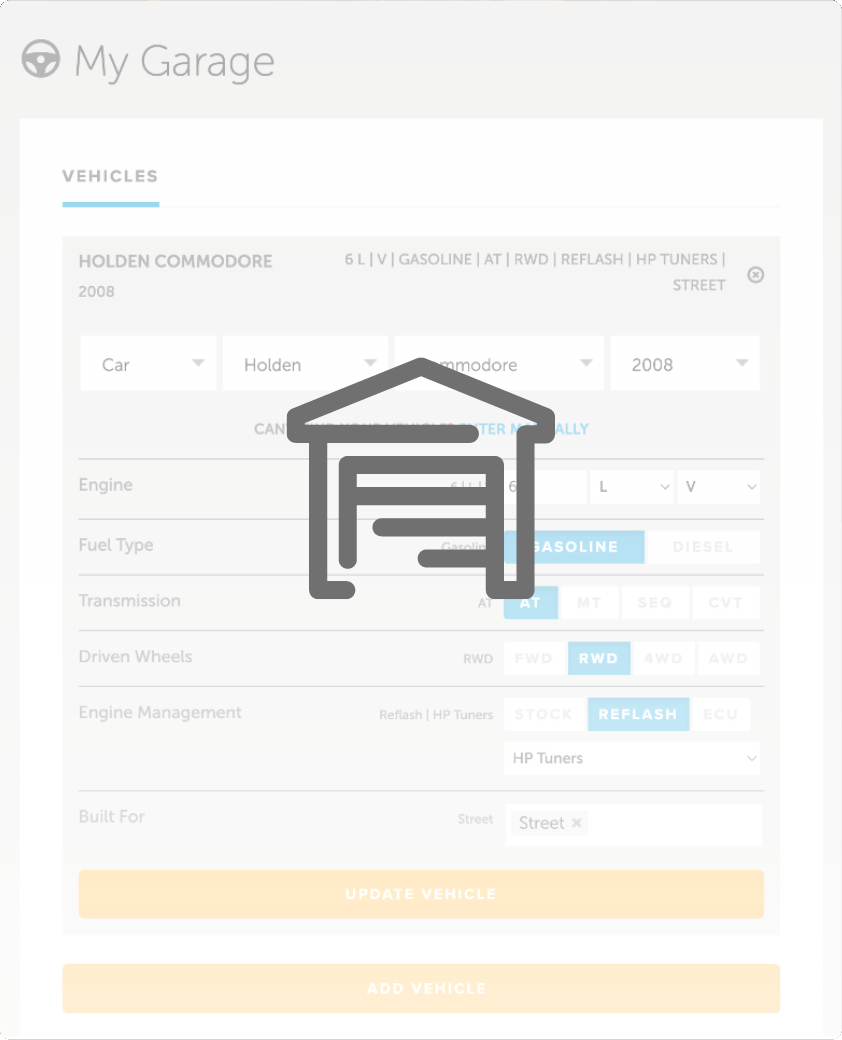| 00:00 |
The term mesh has come up a few times already in this course, and we've described this as a large collection of faces connected by edges and vertices that make up the 3D model.
|
| 00:10 |
You can think of each node or vertex as a data point captured from the scanner, and these are connected by lines that will become the edges of the faces, facets or elements of the mesh.
|
| 00:22 |
Between each node is an approximation of the real object, so generally speaking, the more nodes, the smaller the elements and the finer the mesh, resulting in more resolution.
|
| 00:33 |
Essentially what we end up with is the outer surface of the model being broken down into much smaller elements.
|
| 00:40 |
While a mesh isn't the only form of 3D scan, it's by far the most common format that we'll deal with, but there's some more variation within the different types of mesh files.
|
| 00:51 |
An STL or stereolithography file is probably the most common mesh file, and this consists of vertices and straight edges forming lots of small triangular faces to represent the model.
|
| 01:03 |
STL files are the most widely used in 3D scanning and also in 3D printing.
|
| 01:10 |
This is a simple format for the mesh file that usually results in a relatively small file size that's easier for our hardware to manage.
|
| 01:18 |
The downside of this bare bones format is that it really only consists of geometry information and can't include colour or texture, which is something that we'll discuss more in the following module.
|
| 01:30 |
Next, PLY and OBJ files were developed to address some limitations of STL files.
|
| 01:36 |
In these formats, the faces of the mesh can be polygons.
|
| 01:40 |
OBJ tends to be more common than PLY files and can feature curved edges and surfaces, which allow for a closer representation of the model.
|
| 01:50 |
Perhaps the biggest advantages of OBJ and PLY files is that these can also include the object's colour and texture information.
|
| 01:58 |
As you'd expect though, this tends to increase the file size.
|
| 02:02 |
The final terms we need to discuss are ASCII or ASCII and binary.
|
| 02:08 |
What's important to understand here is that these are the coding systems used to record and store the model data in the file.
|
| 02:15 |
Binary files are generally smaller and more universally compatible, especially with older systems, and this makes them better for our uses, while ASCII files are larger, but are easier to inspect and debug.
|
| 02:29 |
But with that said, it's highly unlikely that we'll ever need to do anything like this.
|
| 02:34 |
To summarise this module, mesh files represent the 3D digital model by dividing the outer surface up into lots of smaller elements.
|
| 02:42 |
STL files are the most commonly used mesh files, being relatively simple and a small file size, but still proving extremely useful for our 3D scans.
|
| 02:52 |
These exist in binary and ASCII coding systems, with binary typically being smaller and more suitable for our purposes.
|
| 03:01 |
For a step up in precision, OBJ files are the go-to and can also contain texture information.
|





